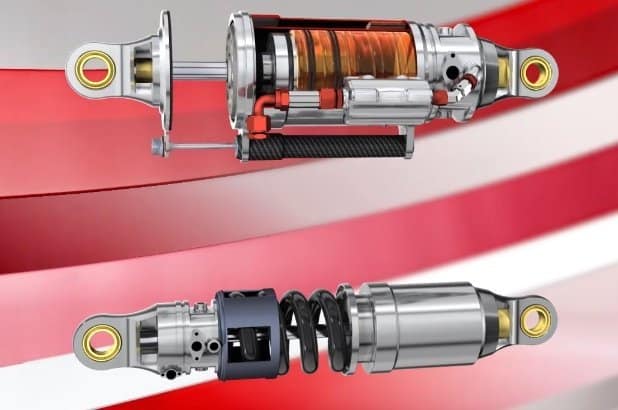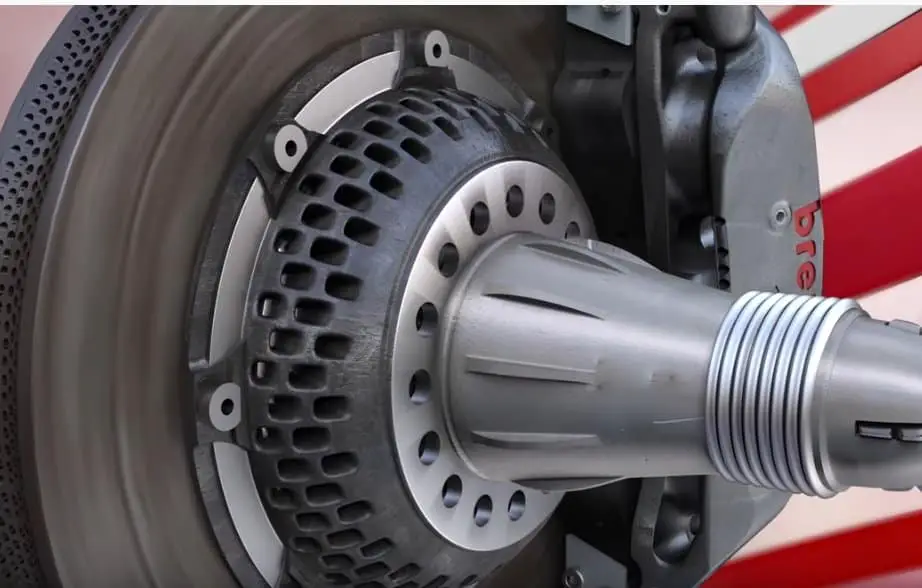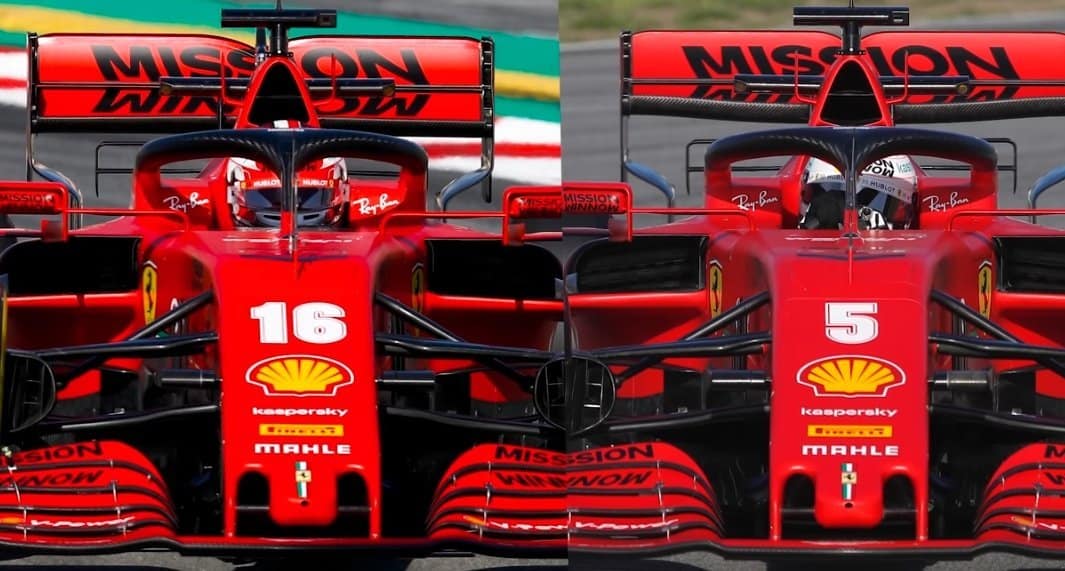F1 test 2020: the analysis of the pre-season
FIA closes investigation on Ferrari Power Unit?
Just a few minutes before the end of the F1 tests, FIA has released a communication, quite suspicious for timing and relative contents:
The FIA announces that, after thorough technical investigations, it has concluded its analysis of the operation of the Scuderia Ferrari Formula 1 power unit and reached a settlement with the team. The specifics of the agreement will remain between the parties.
The FIA and Scuderia Ferrari have agreed to a number of technical commitments that will improve the monitoring of all Formula 1 power units for forthcoming championship seasons as well as assist the FIA in other regulatory duties in Formula 1 and in its research activities on carbon emissions and sustainable fuels.
-FIA

It’s out of doubt that FIA relies on the Riddler‘s wise hand to write the statements: the silent move to close Ferrari Power Unit investigation is instead going to open the gates of the Hell! Please, let’s prepare the helmets for a season of controversy!
What we got from F1 pre-season test of Barcelona 2020.
Ferrari.
During the first week of test, the Scuderia has focused on “screening” the new car that means deeply analysing the response on each new components trying each possible combination of ride height and stiffness of structural and mechanical setup. In general, SF1000 looks at the past in order to strengthen the weak points of 2019; in fact, the new born seems to have characteristic more similar to SF-70H a single seater which gave the best on race pace rather than on qualifying. More attention was put to hit the thermal wear of the tyres and to mantain them inside the right thermal range for more laps.
As we have already introduced in F1 2020 car launch, SF1000 preserves the concept of rake with a value of about 1.6° of inclination. The outwash philosophy is mitigated but still preserved: the point is to reduce turbulence on the upper side of the car developing and efficient flow on the underfloor. In order not to increase the total frontal area, also the rear suspension have been revised: more aggressive rake angle can be obtained but the reduced wheelbase of the car allows to maintain constant the overall rear height (no frontal area increase).
Beyond these updates, in order to improve the mechanical grip also the front suspension system has been redesigned. In particular, an hydraulic heave element has been mounted in order to provide more precision in regulation and setup.
During the second week, Ferrari has tested a new aero-package that should guarantee more downforce: data comparison show an improvement on medium-slow turns and tyre management while top speed has been sacrificed. In the last days of Catalunya, the new elements comprise a new front assembly and engine hover (which are slender). A minor turbulence on the top part of the car may help the rear wing to work in cleaner air.
After the stunning test result of 2019 test, Ferrari has not replicated the same results of last year. Ferrari’s team principal Mattia Binotto has confirmed that Ferrari is not sandbagging:
The overall performance needs to be improved –power unit, even set-up – so I don’t think there is a single area where we need to focus but all the areas. We believe we are not the fastest car at the moment and we believe in lap times we will behind at the start of the season.
– Mattia Binotto (Ferrari)
Mercedes.
Mercedes W11 appears to be uncatchable for the rivals: the only weakness may come from the reliability side. Engine failure and oil leaks have been the news of Catalunya tests. Here, we look further in the DAS system (Dual Axis System also explained here). In the figure below, the standard concept and the DAS concept. The steering pinion in the Mercedes system allows a longitudinal movement thank to the “double” pinion. When the driver pushes the DAS button, the inclined cogs of the rack allow the toe to be changed and the two racks move indipendently.
As explained by James Allison, the technical challenge of W11 was to innovate the previous project. The new Mercedes is a car that digs inside the grey areas of FIA regulation trying to exploit everything to gain performance. An example? Do you remember the drilled hub of Mercedes in 2018? Allison has tried to reproduce the effect which is devoted to increase efficiency reducing the Cx with a new concept of drilled brake disks as we see below.
All the shapes of Mercedes have been redesigned to appear slender and thinner at the complete service of aerodynamics. Radiator conveyors have been positioned in a upper region permitting an efficiency advantage: the modification was made possible by lowering the location of the crash absortion system.
Red Bull.
Red Bull probably constitutes the main rival of Mercedes in Australia, Melbourne. Max Verstappen may probably have improved the time he sat in 1:16.269. Also in the second test of Montmelò, Red Bull has brought updates in the badgeboards areas as we captured in the image below. Due to the problems of Ferrari finding the right compromise between drag and downforce, Red Bull appears to be in a more favourable position than the italian team.
Tech updates of F1 test 2020.
We know focus in other technical innovations which appeared during the second week of Catalunya. On Williams we saw an evolution which highlights a micro-aerodynamics effort on the front wing: the main plate ends splitted with five elements which allow to create coherent structure to reduce the turbulence and directling the flow in a more precise way.
Alfa Romeo has implemented in the car a more standard “horn” which conveys the air into badgeboards and radiators. On the top image we see the 2019 solution which tried to create a more distributed vorticity to reduce the drag produced.
Finally, we report the new spoon-like rear wing that Ferrari has tested in the last days: this configuration has less angle of attack on the lateral plates and tend to reduce the drag. The spoon rear wing is suitable for low-medium downforce tracks where it is also important to reduce the impact of drag on straights. This research may indicate that Ferrari has been overwhelmed by the desire for downforce which has been paid with too much drag. This solution is on the optics to re-establish the right balance.
What is your rank for F1 2020 season? Will Racing Point really beat Ferrari on the first official appointment?














Share this entry